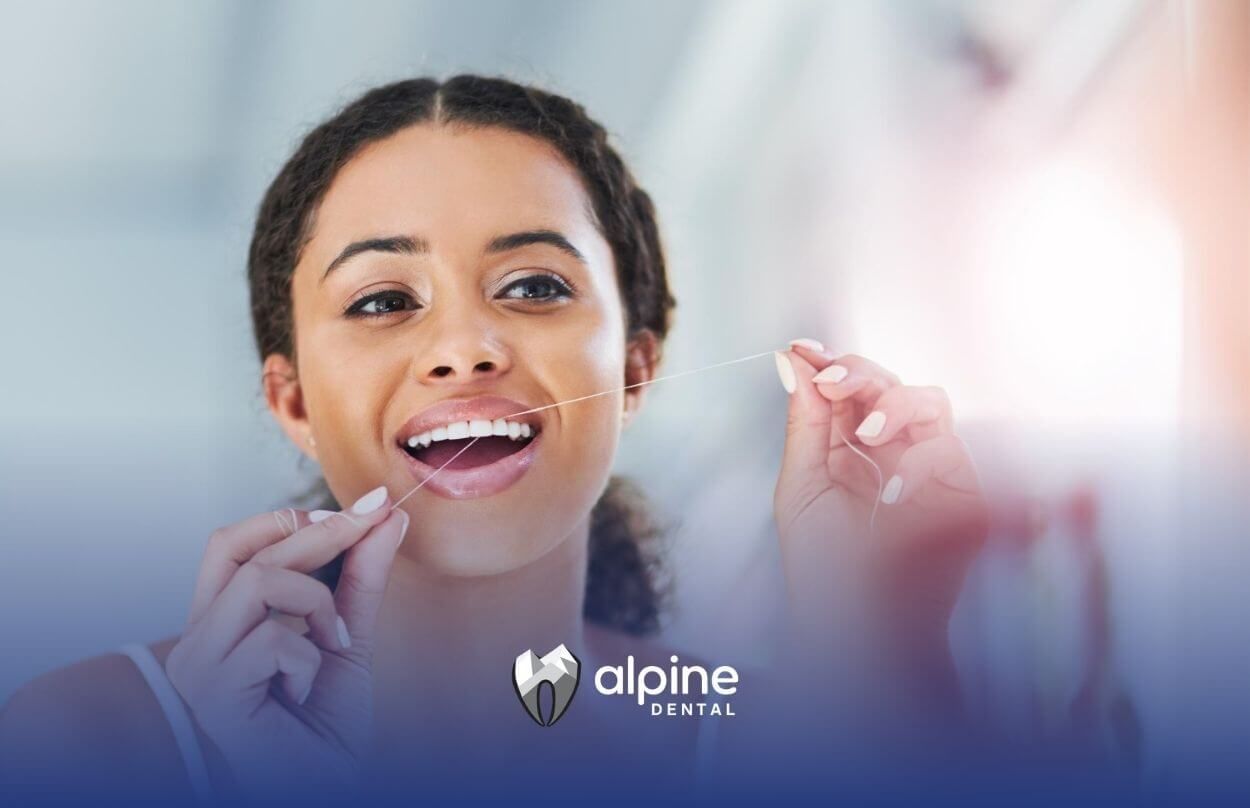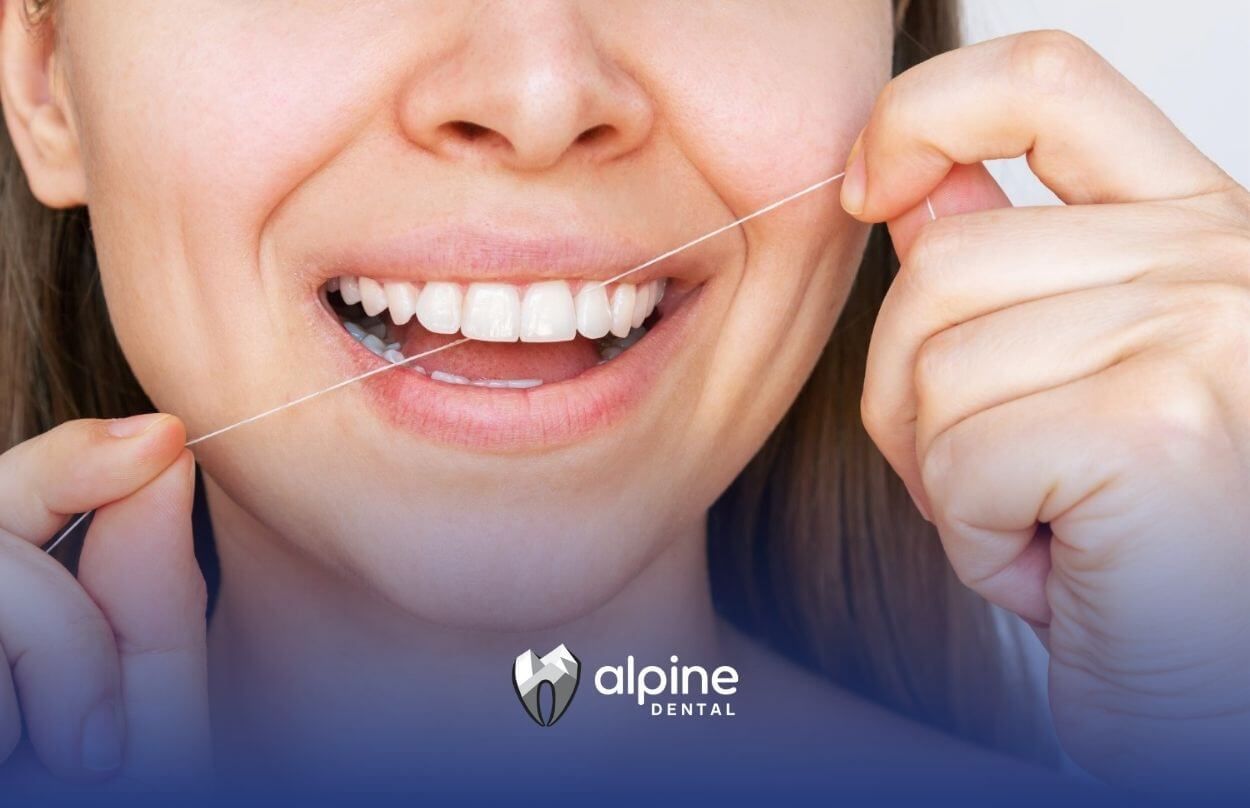Piercings and Your Oral Health: The Ultimate Guide to a Safer Smile
Body piercings are a popular form of self-expression, and oral piercings—like those on the tongue, lips, and cheeks—are especially trendy. But how do piercings affect oral health? Whether you’re considering a new piercing or already have one, it’s crucial to understand the real impact on your teeth, gums, and overall oral well-being.
What Are Oral Piercings?
Oral piercings include any jewelry placed in the tongue, lips, cheeks, uvula, or even the frenum (the tissue beneath the tongue or upper lip). Popular styles are barbells, studs, rings, and hoops. These piercings pass through soft tissue, which is home to millions of bacteria, making aftercare and hygiene especially important.
How Do Piercings Affect Oral Health? The Basics
Oral piercings introduce foreign objects into your mouth, creating new surfaces for bacteria to collect and increasing the risk of infection. They can also interfere with normal functions like chewing, swallowing, and speaking. The jewelry can rub against teeth and gums, leading to physical damage over time.
Infection Risks: Why Oral Piercings Are Prone to Problems
The mouth is a moist environment teeming with bacteria. When you get a piercing, you create an open wound—an easy entry point for bacteria. Infections can develop quickly, sometimes spreading beyond the mouth to other parts of the body, especially in people with weakened immune systems. Signs of infection include swelling, redness, pain, pus, and fever.
Tips to Reduce Infection Risk:
- Clean the piercing site after every meal with a saline rinse.
- Avoid touching the jewelry with unwashed hands.
- Watch for early signs of infection and contact your dentist immediately if you notice them.
1. Tooth Damage: Cracks, Chips, and Fractures
One of the most common long-term effects of tongue piercing and other oral piercings is tooth damage. Metal jewelry can repeatedly knock against teeth, causing cracks, chips, or even fractures. Over time, this can lead to sensitivity, pain, and the need for dental restorations like fillings or crowns.
How to Protect Your Teeth:
- Avoid playing with or biting the jewelry.
- Choose high-quality, non-metallic jewelry when possible.
- Visit your dentist regularly for checkups and early detection of damage.
2. Gum Recession and Soft Tissue Injuries
How do piercings affect oral health? Gum recession is a major concern. Jewelry, especially barbells and rings, can rub against the gums and inner cheeks, causing the tissue to wear away. This exposes tooth roots, increases sensitivity, and raises the risk of decay and tooth loss.
Prevention Tips:
- Ensure jewelry is properly sized and positioned.
- Remove jewelry during sleep and sports to minimize trauma.
- Schedule regular dental visits to monitor gum health.
4. Swelling, Pain, and Nerve Damage
Swelling is common after a new piercing, but severe swelling can block the airway, making breathing difficult. In rare cases, nerve damage can occur, leading to numbness, loss of taste, or even speech difficulties. While most nerve injuries are temporary, some can be permanent.
What to Watch For:
- Persistent numbness or tingling.
- Difficulty moving the tongue or lips.
- Severe or prolonged swelling—seek medical help immediately.
Long-Term Effects of Tongue Piercing
The long-term effects of tongue piercing are well-documented. These include:
- Increased risk of enamel cracks and tooth fractures.
- Higher rates of gum recession, especially behind the lower front teeth.
- Potential for chronic pain, scarring, and speech difficulties.
Did You Know?
Studies show a significant correlation between tongue piercings and irreversible dental damage, making regular dental monitoring essential.
1. Allergic Reactions and Metal Sensitivity
Some people experience allergic reactions to the metals used in piercing jewelry. Symptoms include redness, itching, swelling, and even rashes. Hypersensitivity can develop over time, even if you’ve worn the jewelry for years.
Safe Jewelry Choices:
- Opt for high-quality, hypoallergenic materials like titanium or surgical steel.
- Avoid nickel, which is a common allergen.
2. Increased Saliva and Drooling
Tongue piercings can stimulate the salivary glands, leading to excessive drooling. While this is usually harmless, it can be uncomfortable and may affect speech or swallowing.
3. Difficulty with Oral Hygiene
Oral piercings can make brushing and flossing more challenging. The jewelry can trap food particles and bacteria, increasing the risk of plaque buildup, cavities, and gum disease.
Oral Hygiene Tips:
- Brush and floss carefully around the piercing.
- Use an antimicrobial mouth rinse daily.
- Remove jewelry before brushing, if possible, to clean thoroughly.
4. Complications During Dental Visits
Jewelry can interfere with dental X-rays and make some dental procedures more difficult. Dentists may need to remove jewelry for certain treatments or imaging.
5. Systemic Health Risks
In rare cases, oral piercings can lead to serious systemic infections like endocarditis (an infection of the heart lining), hepatitis, or even brain abscesses. These risks are higher if the piercing is done in an unsterile environment or if aftercare is poor.
6. Sports, Accidents, and Choking Hazards
Oral jewelry increases the risk of injury during sports or accidental trauma. There’s also a risk of choking if the jewelry becomes loose and is swallowed or inhaled.
Safety Tips:
- Remove jewelry before playing sports and wear a mouthguard.
- Regularly check the tightness of your jewelry.
How to Care for Oral Piercings
Proper aftercare is crucial to minimize risks and promote healing. Here’s a step-by-step guide:
Daily Care Routine:
- Rinse with a saline solution or alcohol-free mouthwash after every meal.
- Wash your hands thoroughly before touching the piercing.
- Avoid smoking, alcohol, and spicy foods during healing.
- Do not remove jewelry before the piercing is fully healed, unless advised by a professional.
- Avoid excessive talking, playing with, or clicking the jewelry against teeth.
Long-Term Maintenance:
- Clean jewelry regularly, even after healing.
- Replace worn or damaged jewelry promptly.
- Visit your dentist every six months for monitoring.
When to Call Your Dentist
Seek immediate dental or medical attention if you notice:
- Persistent pain, swelling, or redness.
- Pus or unusual discharge.
- Fever or chills.
- Difficulty breathing or swallowing.
Conclusion: Ready for a Healthier Smile?
Oral piercings are a big responsibility. Understanding how piercings affect oral health—and the long-term effects of tongue piercing—can help you make informed decisions and protect your teeth and gums for years to come. If you have questions, concerns, or just want expert advice, Alpine Dental is here for you.
Ready to take charge of your oral health? Call Alpine Dental today, a special visit dedicated to keeping your smile safe, stylish, and healthy. Your mouth will thank you!
Frequently Asked Questions (FAQs)
What is the meaning of oral piercing?
Oral piercing refers to the placement of jewelry—such as studs, rings, or barbells—through tissues in the mouth, including the tongue, lips, cheeks, or uvula. It’s a form of body modification and self-expression that requires careful aftercare to prevent complications.
Are any mouth piercings safe?
No oral piercing is completely risk-free. All types can increase the chance of infection, tooth damage, and gum problems. However, risks can be minimized with proper placement, high-quality jewelry, and diligent oral hygiene. Regular dental checkups are essential to monitor for complications.
Can mouth piercings get infected?
Yes, mouth piercings are prone to infection because the mouth contains millions of bacteria. Infections can develop quickly, especially if aftercare is neglected. Signs of infection include swelling, pain, redness, pus, and fever. Prompt dental or medical attention is crucial if infection is suspected.
Sources:
- https://www.ada.org/resources/ada-library/oral-health-topics/oral-piercing-jewelry
- https://www.mouthhealthy.org/all-topics-a-z/oral-piercings
- https://pmc.ncbi.nlm.nih.gov/articles/PMC3259306/
- https://pmc.ncbi.nlm.nih.gov/articles/PMC10177791/
- https://ccdental.com.au/blog/adasa-warns-on-the-hidden-costs-of-tongue-piercing
- https://www.qld.gov.au/health/conditions/all/prevention/beauty-therapy/body-art/oral-piercings
- https://www.jpccr.eu/The-impact-of-piercing-on-various-aspects-of-oral-health,145032,0,2.html
- https://www.dentalhealth.org/safe-smiles-oral-piercings
- https://www.oda.ca/oral-health-basics/oral-health-risk-factors/oral-piercings/
- https://www.teeth.org.au/mouth-piercings
- https://pubmed.ncbi.nlm.nih.gov/21481183/
- https://www.colgate.com.au/oral-health/threats-to-dental-health/oral-piercings




